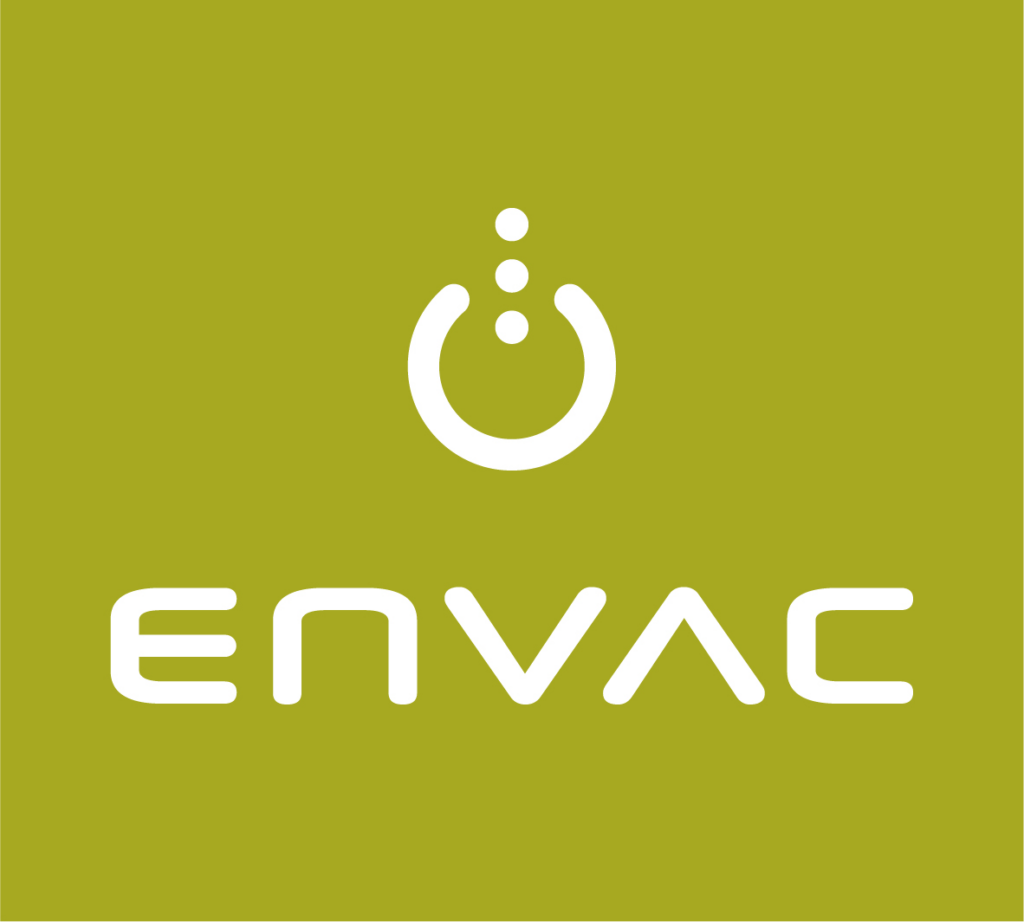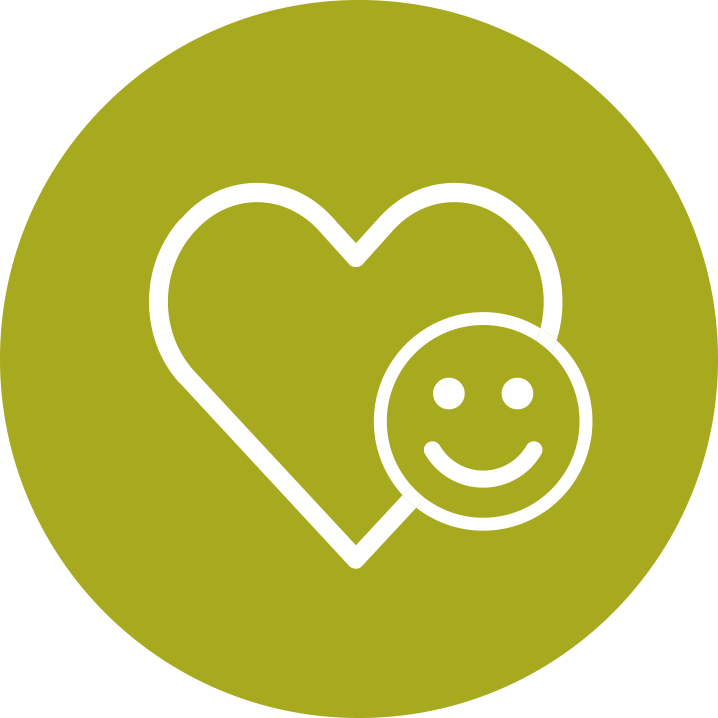
Christer Lundberg
Global Sustainability & QMS Manager at Envac AB
The results and learnings from last year’s report provided us with valuable insight into how we should prioritise our action to achieve our long-term sustainability targets.
We are aware of the different levels of maturity of monitoring sustainable impacts within our regions globally. This is a challenge, however our global long-term sustainability targets will promote cooperation and drive progress throughout our business.
Our sustainability reporting has also given us a powerful communication tool to showcase the benefits our solutions have compared to other waste collection methods.
Building on this work, we will continue to develop pneumatic waste collection and sorting systems that will be sustainable throughout the entire value chain. This will contribute to our higher purpose and responsibilities – today and for future generations.
In this year’s report, we have expanded the scope of our sustainability reporting to include another region. Our aim is to include all our regions in our next Sustainability Report in 2022.
Report format
This report is published in a web format and is made responsive to be easily accessed on any tablet or smartphone. There is also a pdf version should you wish to print part or all of the report.








